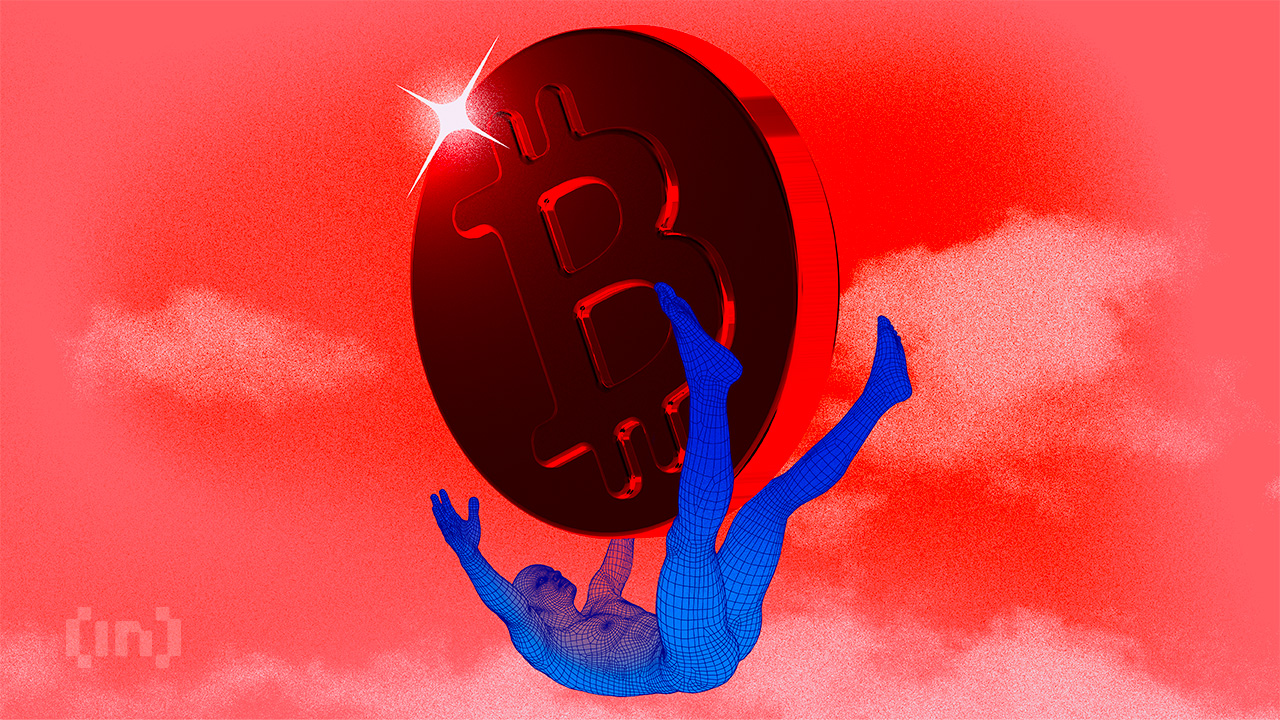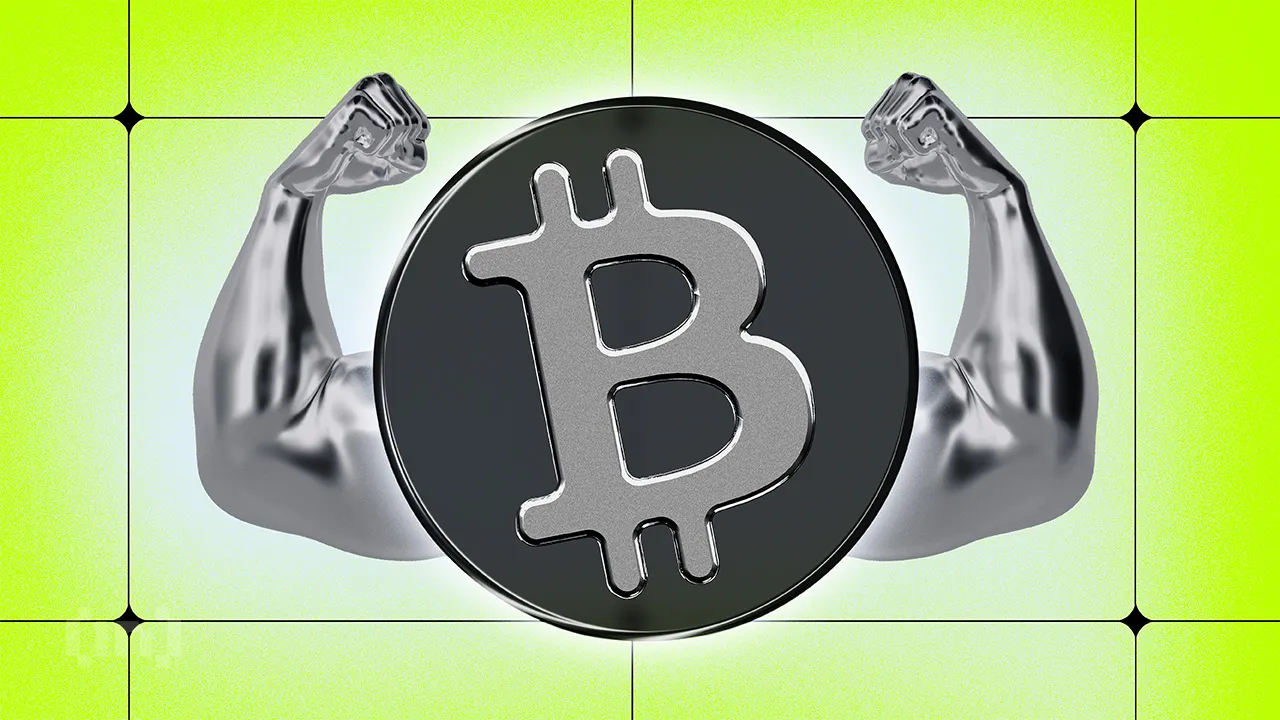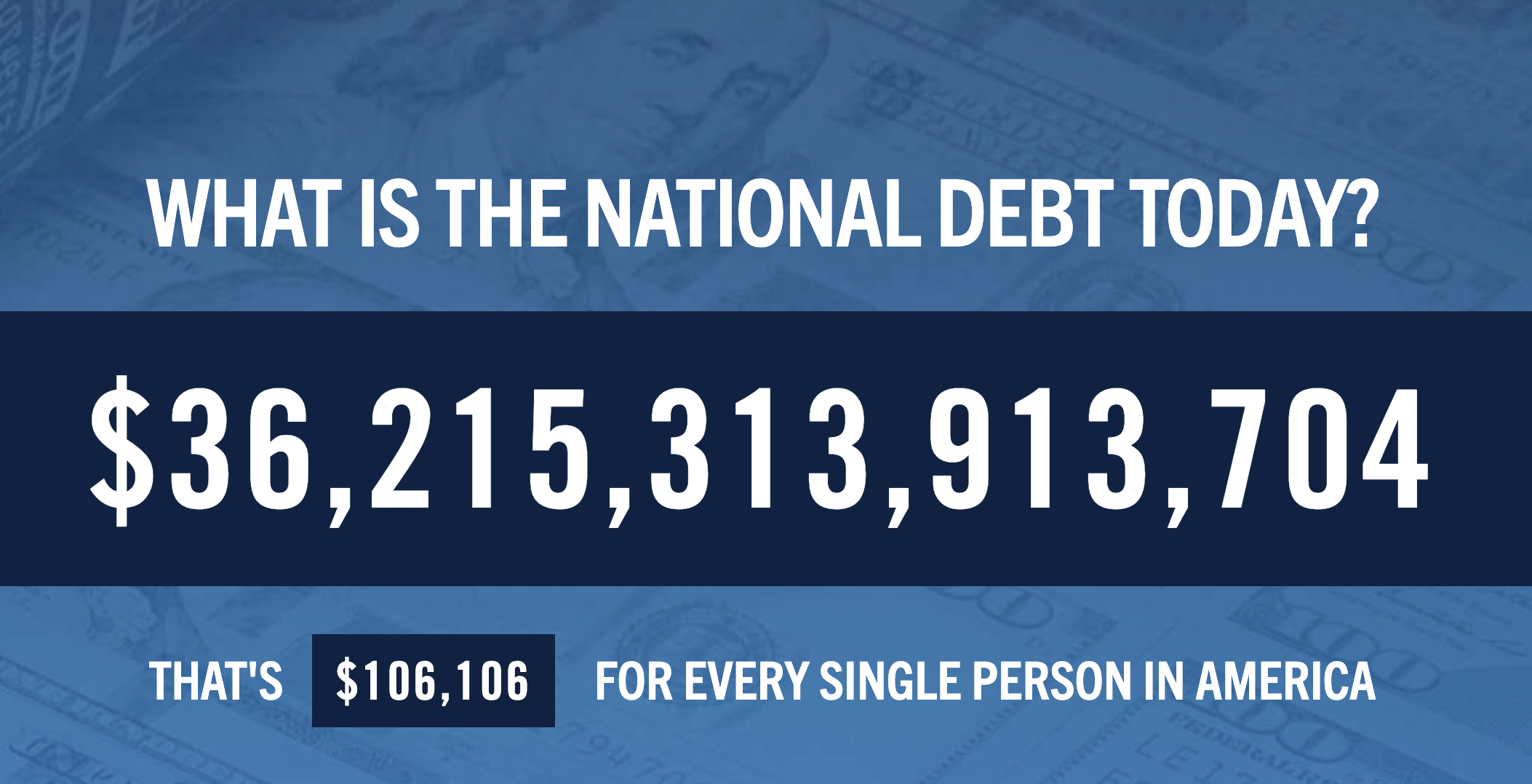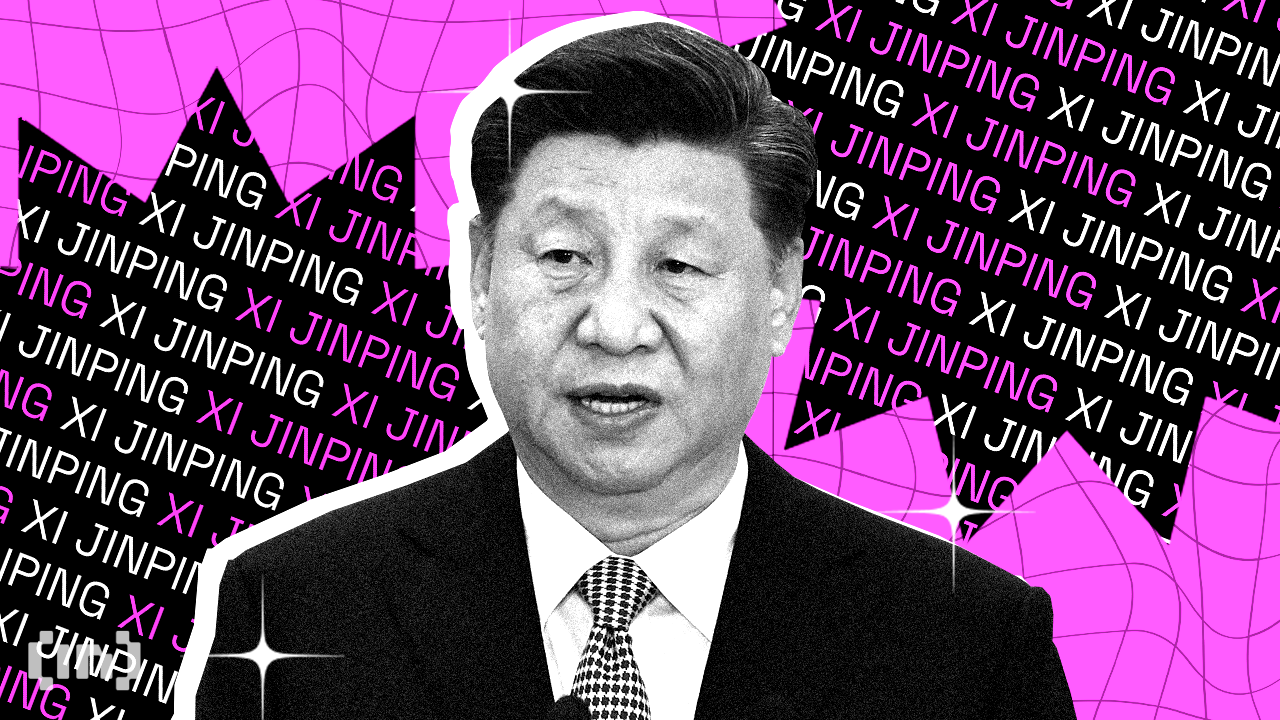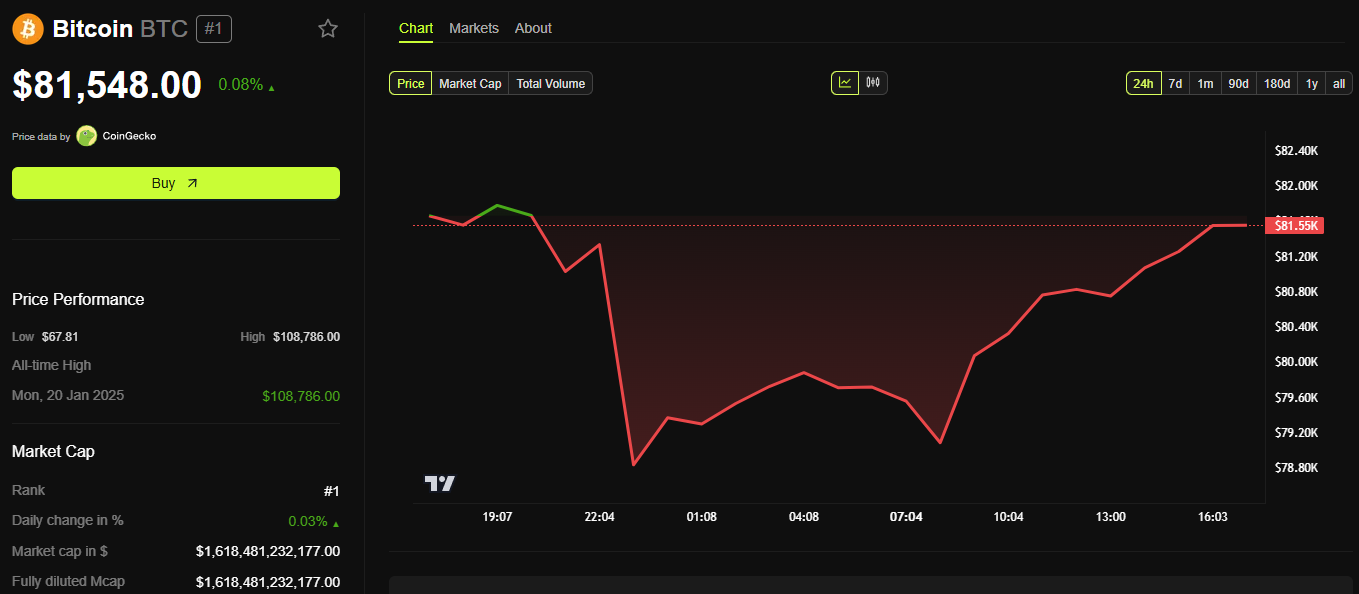During the 2025 edition of the Paris Blockchain Week (PBS), BeInCrypto sat with Mark Jennings, Head of Europe at crypto exchange Gemini, for an in-depth conversation about the exchange’s regulatory-first strategy and its expanding European footprint. Gemini—founded by the Winklevoss twins—has spent the last decade cementing its reputation as a secure and compliant platform for digital assets.
With the implementation of MiCA in Europe and the company’s pending IPO, Jennings emphasized how regulatory clarity is paving the way for broader crypto adoption and Gemini’s next growth phase across the continent.
How Gemini Sets Itself Apart in a Crowded Exchange Market
If you look at it as a whole, Gemini was born in 2015 from the founders who saw the future around Bitcoin and were early investors there. The key that Gemini has looked at is “how do we secure longevity here?”. For our position, it’s always been “ask for permission”. So, we’ve always taken the regulatory route first in terms of establishing ourselves. If you look at the US, we were registered as a New York Trust and then you move into Europe, registered as a VASP in Ireland. We were the first to get that in Ireland.
I think the key for us has been what is happening in Europe this year when we see MiCA being implemented. It gives us a secure platform to grow into Europe, certainty in the regulatory environment, and how we grow. That’s been at the core of what Gemini has done for the last 10 years, and we see that’s a key way for us to continue to build and grow. One is that we’re a trusted, safe, and secure platform for you to unwrap your fear, trade, and provide secure custody. For us, it’s key for our customers to be able to go on that journey with them and understand if there’s a secure regulatory infrastructure to do that. And now that there’s clarity in Europe, we’re going to continue to build and grow our businesses.
Crypto Regulation in Europe vs. the US
In my role as head of Europe, I’m focused on what the European regulators are looking at and it’s a positive move to see MiCA come into effect at the end of last year.
What I do see as positive if you look to the US, a cryptocurrency stablecoin regulation is on the table for discussion; you know, we can’t manage different regulatory environments but we do see that there is a positive sentiment towards it. They’re looking to put a framework in place, and we see that as a positive for crypto as a whole. From my perspective, we can see that each regulator is now starting to address that.
Also, we’re serving different customers, and so we work under the regulation here in Europe, but each ecosystem has a regulator that should provide positive mechanisms.
User Experience on Gemini
If you see our user experience within the app and within our ActiveTrader desktop functionality, we’re looking at a simple and secure UI ; so being able to see your assets, being able to fund your account very easily, being able to trade easily and knowing that you’ve got the security of Gemini’s customer platform behind it.
For us, it’s a very clear UI and very clear action points for someone to be able to access the platform and Cryptopedia and other educational resources that we have because understanding the different tokens that are available and the different features is part of the journey. That’s also what Gemini wants to do: help with education.
Gemini’s Approach to Platform Security
We’re talking about security from an insurance perspective, and understanding that our insurance infrastructure was built on a proprietary technology that was built at Gemini. I think that’s important for us to own that. We know how important that is for the ecosystem as a whole. For us, it’s been developed on our original New York Trust infrastructure.
We’ve built and replicated that as part of our MiCA licensing. So, we see that this really robust framework is what is underpinning the security there. If you look at the AML frameworks as part of our European regulation, it’s an important part for us to make sure that we know who our customers are, that we’re able to onboard them, and give them a really secure place to trade crypto.
Emerging Market Trends
I think there will be more mainstream adoption, understanding that crypto assets are now an accepted asset as part of somebody’s investment decision, and they’re looking at that. So, I think as that developed, the regulatory infrastructure has given people confidence. And from some of the statistics we’ve seen, that’s one of the biggest barriers to entry.
People have been uncertain about the regulatory infrastructure and where people sit. So now that we see that barrier being clearly set in the sand, people can start to engage more with crypto assets in general.
Is Crypto Losing Its Edge or Gaining Maturity?
I wouldn’t say cryptos are becoming boring [laughs]. What we’re seeing is that there’s a maturation of the market, and the market goes in that direction. And then people are making investment decisions. Institutions are also involved there; if you look at the synergies between markets, where there are more players within that market, it changes the market’s characteristics as a whole. I don’t think cryptos are ever going to be boring.
If you see what’s happening—the underlying technologies being built, the different networks that are there, the increasing pass-through, the increase in the transaction process—I don’t find any of that boring. I think it’s really exciting.
Gemini and DeFi
We’re not really in the DeFi space. We’re continuing to build our on-chain products, but at the moment there’s nothing in the DeFi space specifically. I think it’s an area of innovation that we’re continuing to see grow. Gemini, at its core, is an exchange and a custodian, and I think that’s what we’ll play going forward. But the on-chain team is definitely building and growing. We’ll see if anything comes to that.
I think we’re focused on our core strengths. I think that’s the area where we continue to build and grow. If you look at it, every player in the market is looking to build in a different fashion and solve a different problem. For us, we’re there as one of the largest exchanges. We want to continue to facilitate that. So I wouldn’t say that.
The Profile of Gemini’s Clientele
I think we’ve got a broad client base. We serve retail customers and institutional customers the same. I think we’re engaged with people who value the safety and security aspects of what we do. The fact that we took that regulatory viewpoint very early on resonates with a lot of customers.
I think we’ve built a product that we feel is fit for the environment, and we see customers come to us for that. I don’t know if we’ve targeted customers directly. We’ve built what we think is the best product for customers who want it.
Strategy to Recruit New Customers
Education is one thing. Giving people an understanding of what we can bring to them, whether it’s safety and security of custody, the ability to trade, the ability to fund. I think education is key.
The second piece is the simplification of the process. How do we help them along that journey, from onboarding with us, to being able to fund their account, to being able to use these assets ? That’s key. We want to make sure it’s simple and straightforward and that they understand what’s there.
And the third piece would be to continue to innovate. The crypto space moves very quickly. We want to leverage those technologies to help improve the process and be able to allow people to engage with the crypto ecosystem using the Gemini platform.
These are the three pillars I see.
Gemini’s Vision for Growth
In my role as Head of Europe, the regular landscape has been key. We’re really looking to build our business in Europe. We want to provide a product that can engage all 32 countries that are under the EEA umbrella.
For us, it’s about a very simple and clean UI, getting people very clear access to the platform, and being able to cater to their needs, whether it’s from a funding perspective or from a trading perspective. Keep evolving our products. We get feedback from our customers; we want to continue to evolve on that.
Expectations from Paris Blockchain Week
There are a number of our partners and competitors here. Being involved in the ecosystem, you understand what people are working on, what startups are doing, and how they’re trying to solve some of our problems. I’m here to meet as many people as I can and learn. In this space as a whole, learning is the number one tool.
The second thing is to make people aware of Gemini and our plans in Europe to continue to grow the business. There are so many great businesses I want to know more about. If I get time throughout the day, I will certainly do. But I also want to make sure people see the Gemini team and that you get to speak to us face to face. We want to learn more, we love getting feedback, and we want to be able to adapt on that.
The post Inside Gemini’s European Strategy: Mark Jennings Talks MiCA, Market Trends, and What’s Next appeared first on BeInCrypto.

pic.twitter.com/CLoNaR8zrD
(@cosmos) April 10, 2025


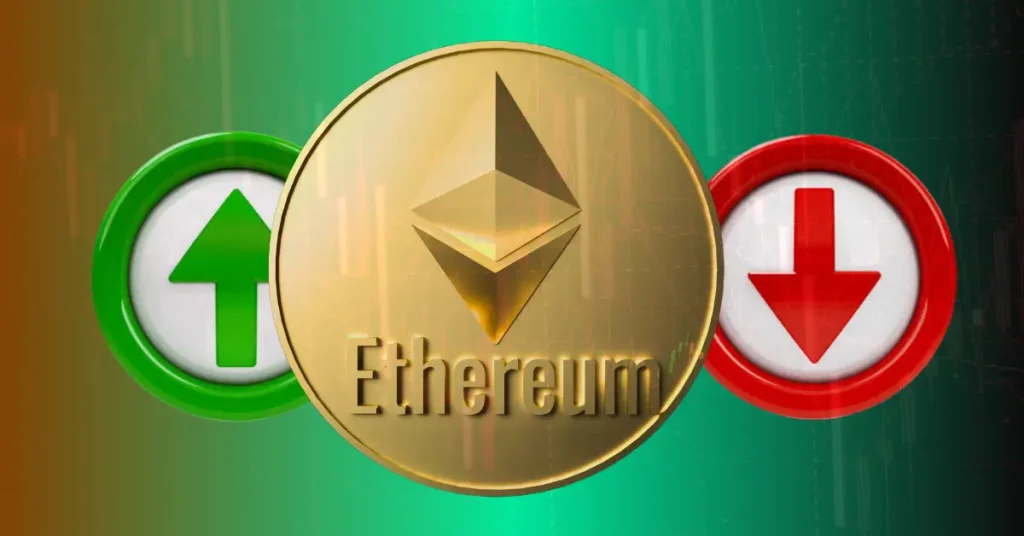
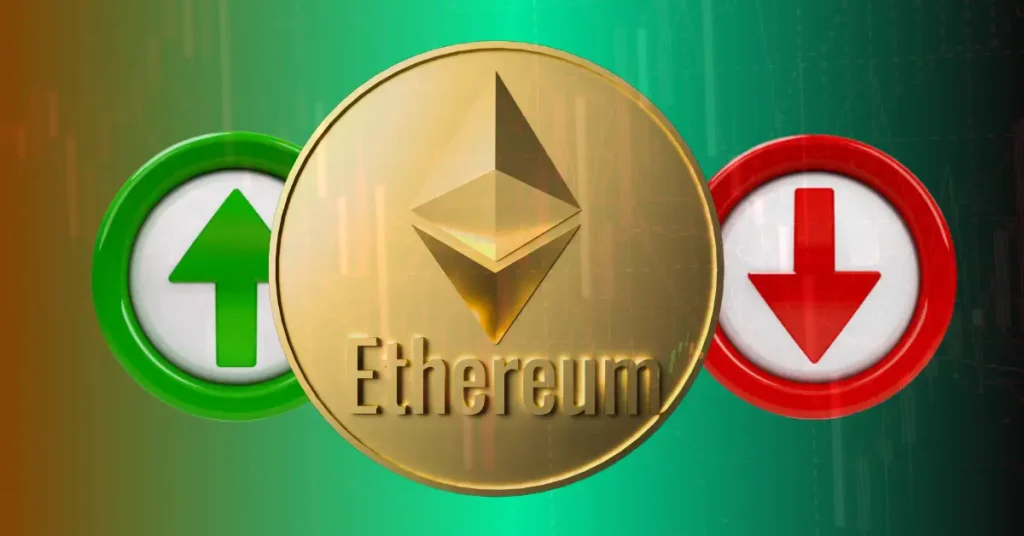




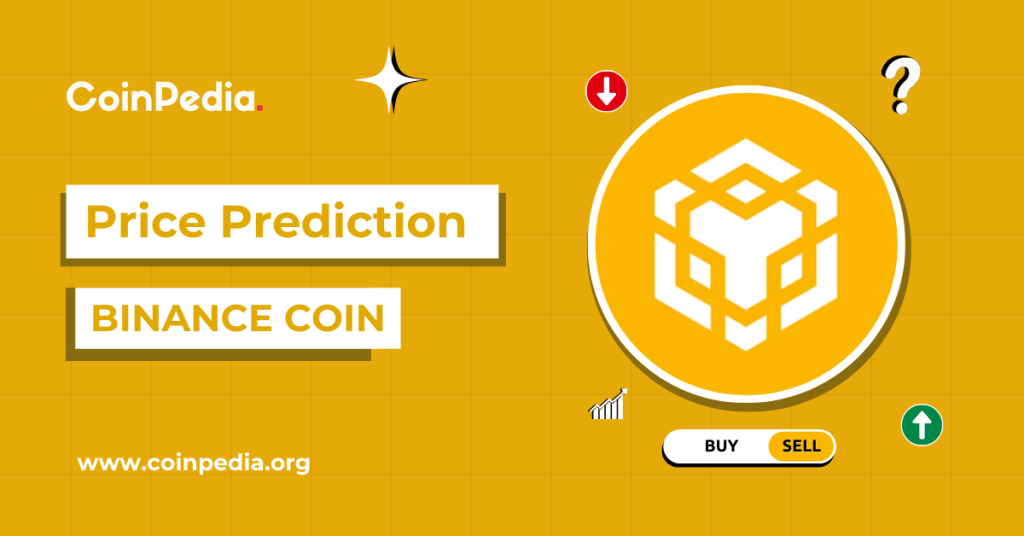
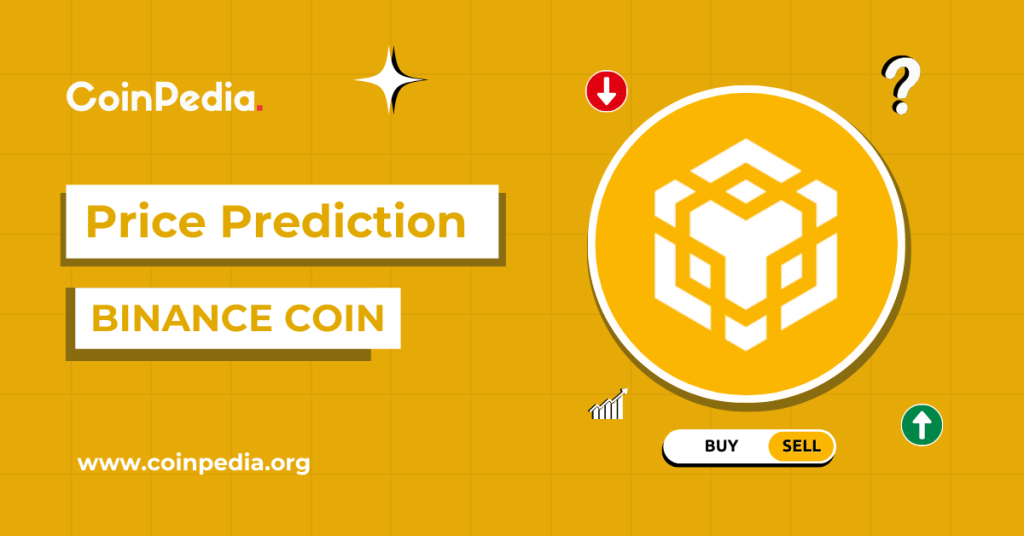
 1.18%
1.18% 